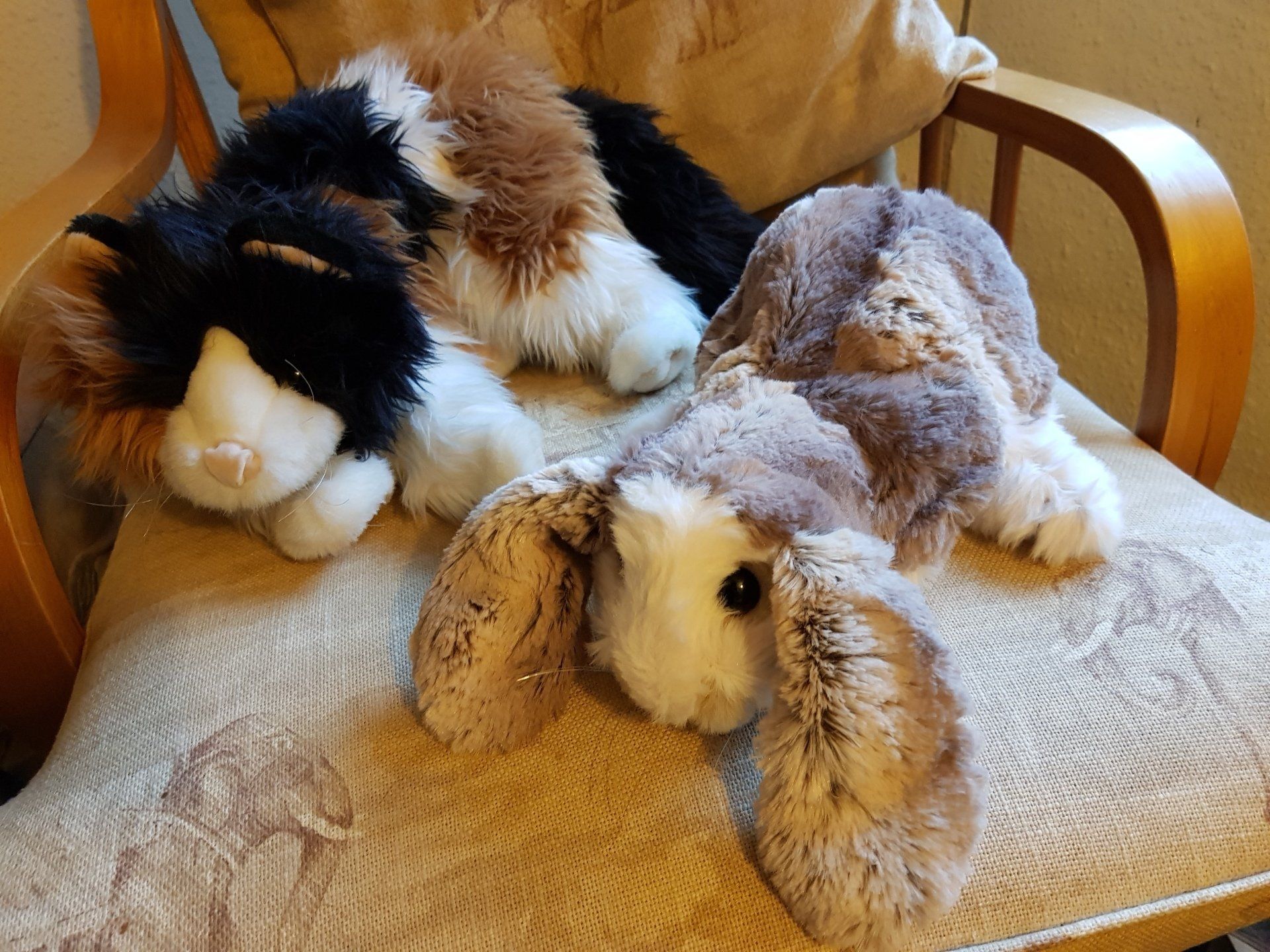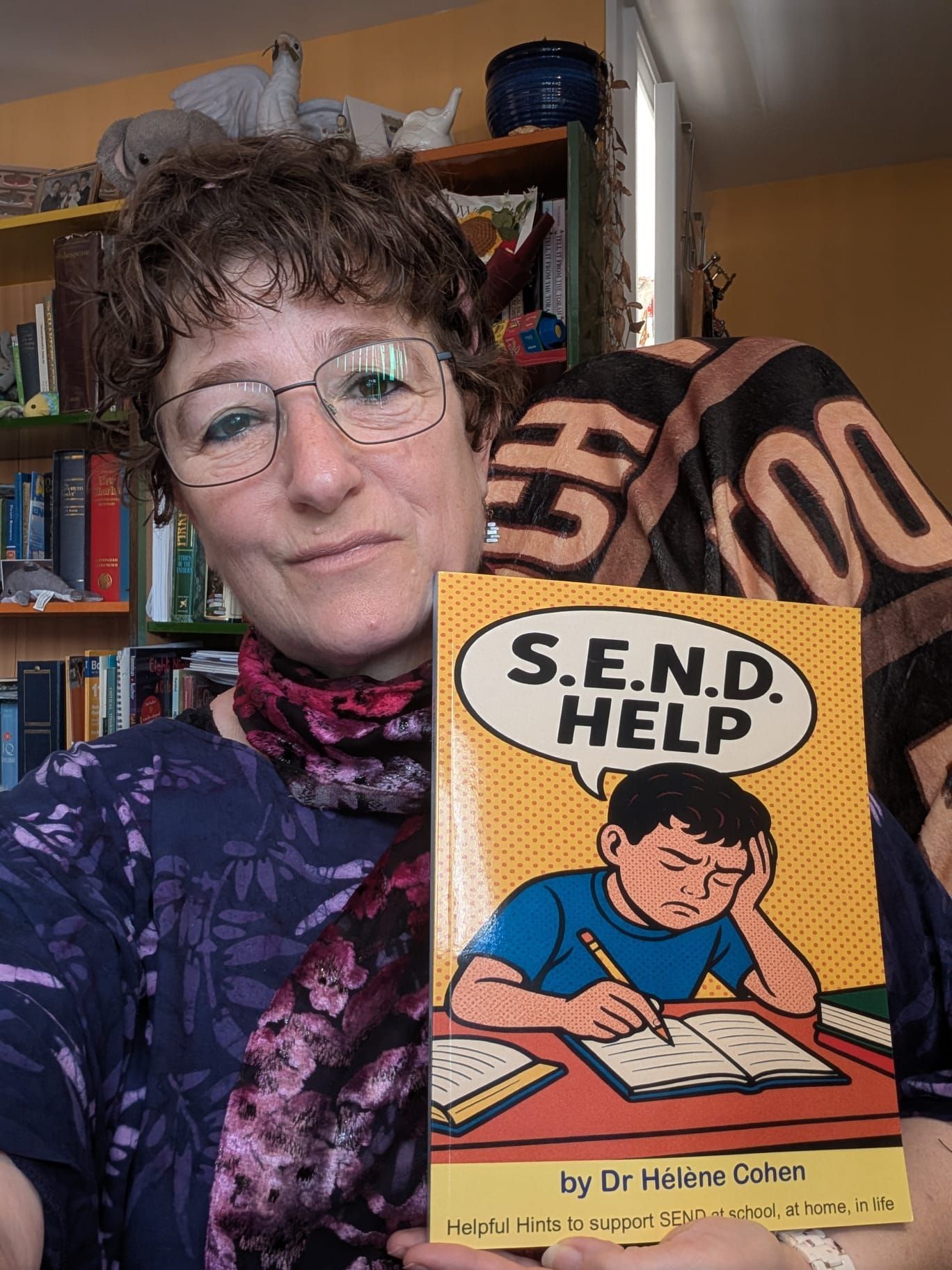On Show
A recent tweet prompted this week’s blog. The tweet was
about a child taking the teacher to one side to point out that she was wearing
her top inside out. I’m sure that most teachers can think of a similar story of
when a pupil has noticed something about their attire that needed addressing –
I once had a child point out that I was wearing odd shoes, one brown and one
black. The point to all of this is that the children we teach notice so much
about us and that is a tremendous responsibility for us, as teachers. There’s a
lot of talk about modelling the work for children, but we are modelling so much
more than that, often unconsciously, so the way we behave and the way we treat
people matters even more than usual when we are in front of a class.
I was first made aware of this many years ago, when I started out as a teacher. A few incidents stand out in my mind – these were 33 years ago!
The first was a lesson after morning break. I was teaching in a secondary school at the time and had spent break time in my classroom catching up on marking. Not exactly an unusual activity for a teacher, but this time I had kept my door shut so that I wasn’t disturbed. Anyway, as break ended, the class, a year 9 group (although then called 3rd year secondary) came in and I stood up. Each child looked at me and walked to their seat in absolute silence. Once they were all in, I was about to start the lesson when a boy raised his hand and asked what they’d done. I was confused by the question. He went on to say that I was standing behind my desk and I only ever did that when I was cross with them. I had no idea that this was something I did. It was certainly not done consciously. But reflecting on what he said I realised that I usually teach from in front of my desk, or else sitting on it; never from behind it. And yes, when I was cross or disappointed in the class (or pretending to be, as is sometimes necessary) I would stand behind my desk, putting a space between us. I explained that I had just been marking and the class visibly relaxed.
This incident made me realise how the children we teach take on board all of the nuances of our behaviour. They can often notice our moods simply by a change in tone of voice, or a difference in our appearance. If they notice these things, then surely they also see how we talk to people, adults and children alike. Do we treat our pupils with respect? If we don’t, then how can we expect respectful behaviour from them? At that same school, the head teacher used to come in on the last Friday of the month and personally deliver each teacher an envelope with their pay slip in it. I felt uncomfortable about this, and at every other school where I have taught the slip would simply be in your ‘bird hole’ at the end of the month. One Friday, as the head teacher left my classroom, a pupil suddenly pointed out that he thought it was really rude of the head teacher to give us our wages in front of the class. The head would always make some comment when handing over the envelop, “You’ve really earned this one” or something of that kind, so the children were well aware of what the envelop contained. Again, it was interesting to see that the children were picking up on the way the head teacher did this.
Another incident was when the children were doing some miming. One child came to the front of the class, picked up my pencil case and simply dropped it onto the desk. Immediately the class called out, almost as one, 'Mrs Cohen, when we're all talking at once'. I hadn't realised how often i would do this to get silence. They knew!
More recently I had cause to raise my voice to a year group, something I rarely do. There was immediate silence. The deputy head came out and spoke to the children saying that he didn't know what they had done but that should be feeling really bad as he was not used to hearing my voice raised. As used so rarely, the raised voice war definitely more effective.
I’m one of those teachers who enjoy team teaching. It affords us the opportunity to model conversations, to show how we can build on each other’s ideas, to offer different perspectives. There’s one teacher who I was fortunate enough to team teach with a lot in my last few years of classroom teaching. We were teaching Year 4 English at the time and used team teaching as an opportunity to model behaviour. If there had been playground incidents, we might model how different ways of approaching things could affect how the other person felt. Children could see through our exaggerated version how a more tactful or polite approach to a situation might be better. We would also, naturally, be modelling common courtesy. This might be by a simple ‘sorry’ if one of us had spoken before the other had finished, or the natural ‘please’ and ‘thank you’. In the same way, as SENCO and SLT, I would often go into other teachers’ classrooms. This was always an opportunity to model courtesy and to show an interest in the lesson. I have to admit that some lessons could be so engrossing that I might have to remind myself of the purpose for going in and I would become so engaged in the learning, asking questions of teachers as well as talking with the learners. All of this is modelling for the children though. Modelling behaviour, modelling engagement with a lesson, modelling appropriate attire for the situation – even if there is the occasional slip up with odd shoes!
Whatever it is we say, do or wear, as teachers we are on show the whole time we are in school. The head teacher who used to barge through doors, letting them fall shut behind him even if I was walking through with my usual box of books was as noticed for his rudeness as others were for their courtesy. At that school, pupils would mutter about the head as they stepped forward to hold open the door for me, or anyone else going through with their hands full. Personally I prefer that we teach our children by modelling courteous behaviour, but either way, we are teaching even when not in the classroom.
Quite simply - we are on show.


